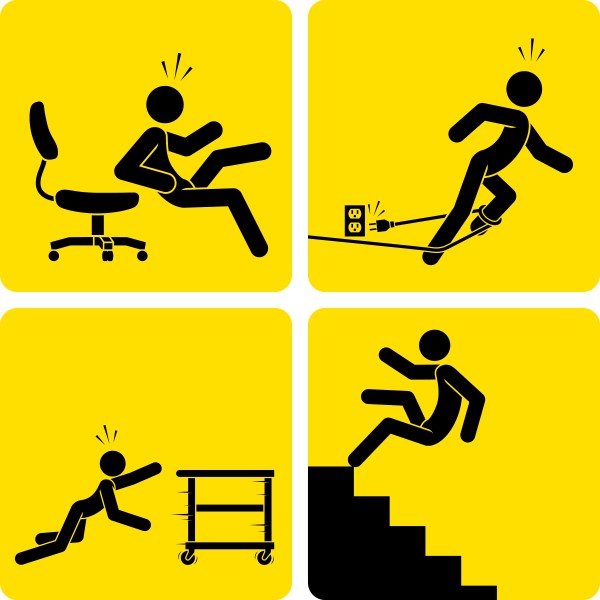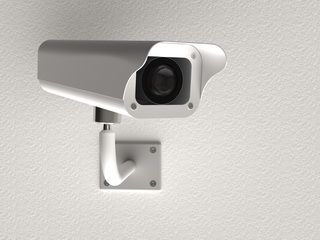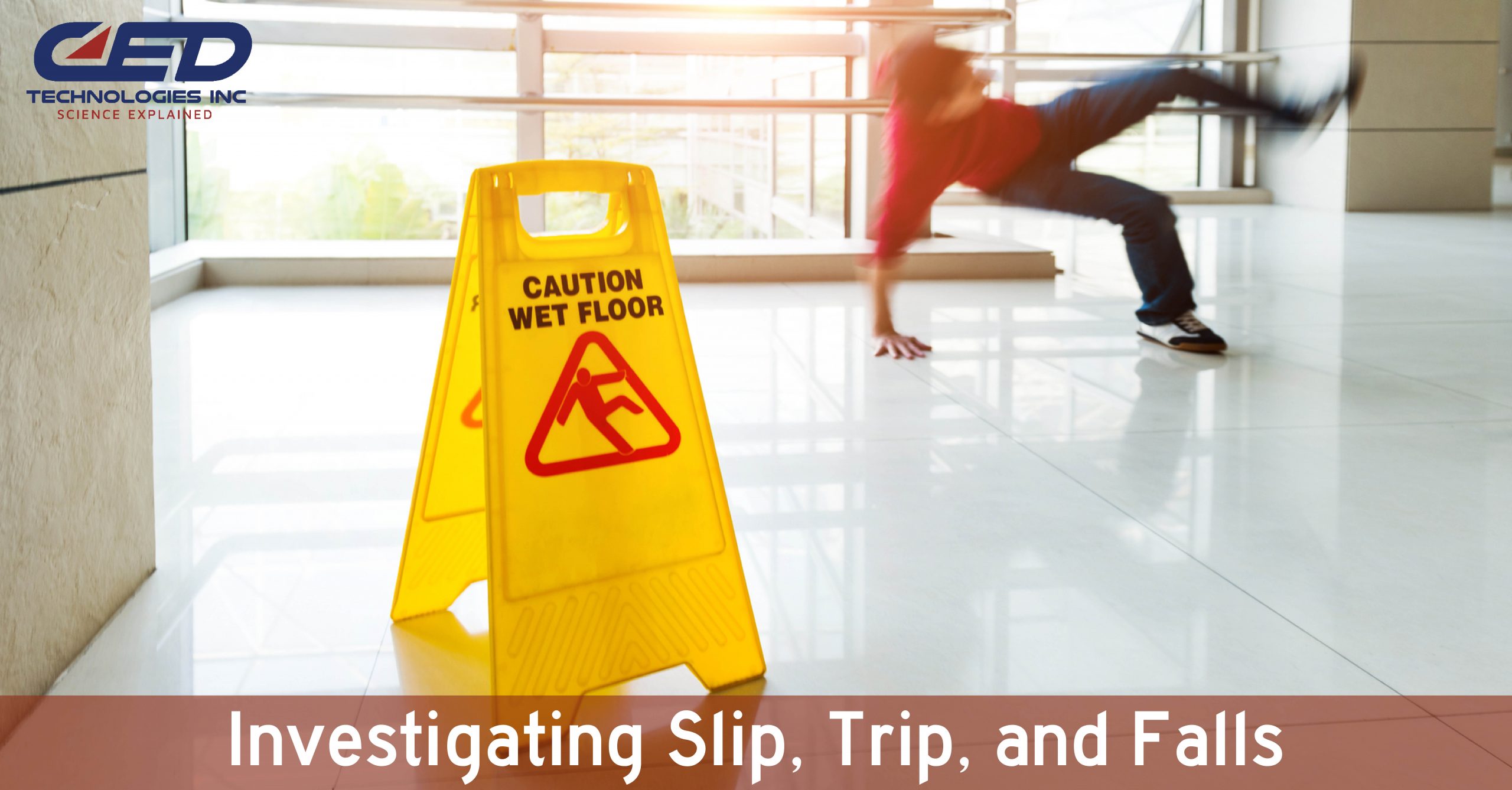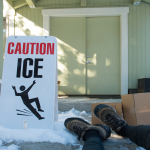There's been a slip, trip, and fall. Why should an engineer be contacted and brought onboard? How can an engineer help you determine what happened and conclude if there was negligence or fault involved?
Preservation of the Scene It's been standard practice, after an incident occurs to attempt to document the scene. Pictures are taken and measurements are taken. But often the pictures do not capture everything and perhaps the correct measurements are not taken. By the time this is realized, weeks, months or even years later, it's too late. Key evidence and important facts in the claim could have never been capture and are lost forever. An engineer with a 3D Laser scanner can change all that. Now, engineers, in a matter of minutes, can capture and measure virtually everything and preserve that information until it's needed. If two years after an incident, the original focus of the fall switches from the bottom of a staircase to the top, or ten feet further down a sidewalk, there is no problem. All the pertinent data has already been captured and preserved.
Slip Resistance Testing It's often not the final or only word, but a slip resistance test of the surface where an incident occurred is a critical early step in nearly every Slip & Fall claim/case. Not all 0.5's on the Slip Index are created equal. There are many factors to consider, such as dry vs wet, footwear, walking speeds and activities involved, but, performing a friction test is one of the clearest indicators of the merits and challenges a claim/case may hold. An engineer that is experienced and certified at using the industry's most recognized tools for performing Slip Resistance Testing can be essential to establish the base of a case/claim.
Lighting Contrary to what many folks may think, lighting is not some nebulous subjective condition. Lighting, or illumination, can be measured and quantified very accurately. Just like an engineer can determine the slipperiness of a surface by taking friction measurements, an engineer can also measure the illumination of an area by taking light readings. Detailed illuminance levels requirements are specified in building codes, life safety codes, and illumination standards. These levels vary depending on the construction's function and location. Stairwells typically require higher levels of illuminance than other areas in a building. Routes of egress may have very specific standards they must adhere to. Some buildings, such as movie theaters, may qualify for exemptions because of how they are utilized. Parking lots frequently are not covered by any specific code but there are standards that do apply and should be met. Measuring average illuminance in an area is often not sufficient. The overall illumination of an area may meet standards, but there may be places in that area that do not. Related gradients are also important in lighting design and must be measured. Too much light can be a bad thing if the transition from brightly lit to dimly lit happens to quickly.
Building Codes and Accessibility Guidelines There's a reason “Was this building up to Code?” is one of the first questions asked in a Premises Liability claim/case. It's one of the most important questions to ask. This simple question can often be very difficult to answer. But it must be answered and it must be answered correctly. Only doing partial or limited research and coming up with an incorrect or incomplete answer to this important question can have devastating effects on your case. Not all the answers are accessible online. It's critical that the engineer you hire to answer this question peels back the entire onion. CED has been doing this work for over twenty years. In that time, we have accumulated years of experience by our individual engineers. We've also accumulated impressive code libraries that save our engineers time and our clients' money. Reaching back in our chair to grab a well-worn volume or knowing the library is there to visit can save hours of research and travel time.
Video Analysis A customer falls in a retail establishment. It's captured on video, there's no refuting that the event happened. But, was it a slip or trip caused by a hazard or was it the result of a misstep or malfunctioning footwear? There are unique bodily motions associated with each of these events, and a trained biomechanical engineer can review the video to determine what caused the fall.
There may be no question what caused a fall, but there may be disagreement as to whether or not the fall could cause the injuries claimed. Without video, this can be difficult. An engineer must rely on witness reports of the incident that can vary greatly, and often the individual who suffered the fall won't clearly recall how they fell. Body position and the correct order what hit what and when are critically important and very difficult to ascertain with the needed degree of accuracy. With a video record of the fall, most of the variables are eliminated. The body's position throughout the event is now known, the forces applied to the body can be determined and the probability of a particular injury resulting from the fall can then be verified.
For Slip/Trip and Fall cases and claims, Human Factors, Biomechanical Analysis, Parking Lot Design and Injury Analysis are all areas where engineers can also be of vital assistance.
For more information on CED experts please connect with us at one of the links below or at www.cedtechnologies.com
Featured Engineer: Jonathan P. Walter, Ph.D. Biomechanical Engineer/Mechanical Engineer
Connect with a CED Engineer in your region.
Submit a case or claim online.






